-
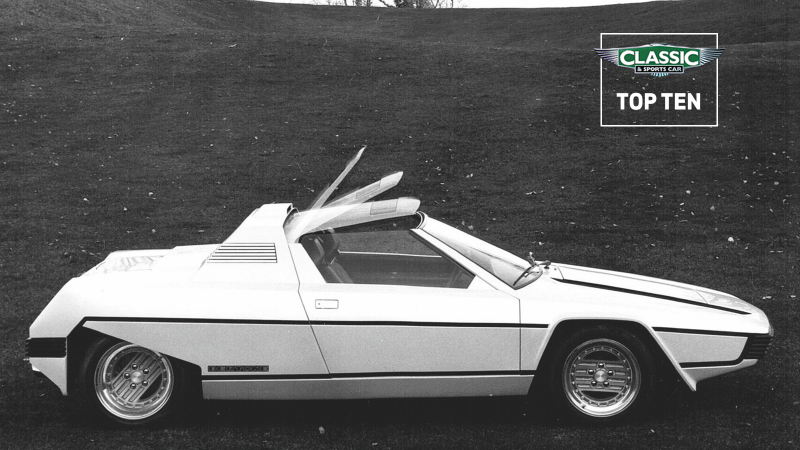 © Richard Heseltine/Classic & Sports Car
© Richard Heseltine/Classic & Sports Car -
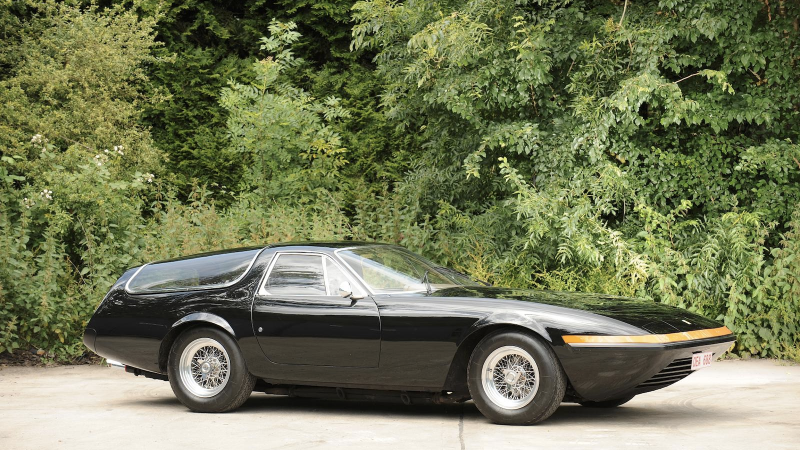 © Bonhams
© Bonhams -
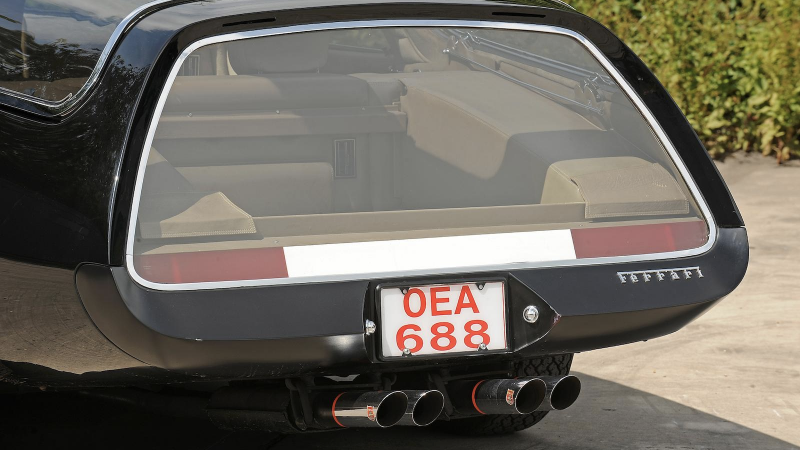 © Bonhams
© Bonhams -
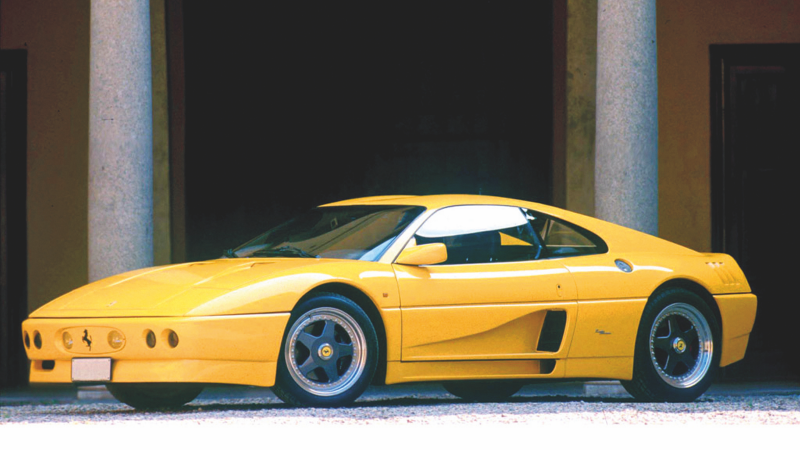 © Richard Heseltine/Classic & Sports Car
© Richard Heseltine/Classic & Sports Car -
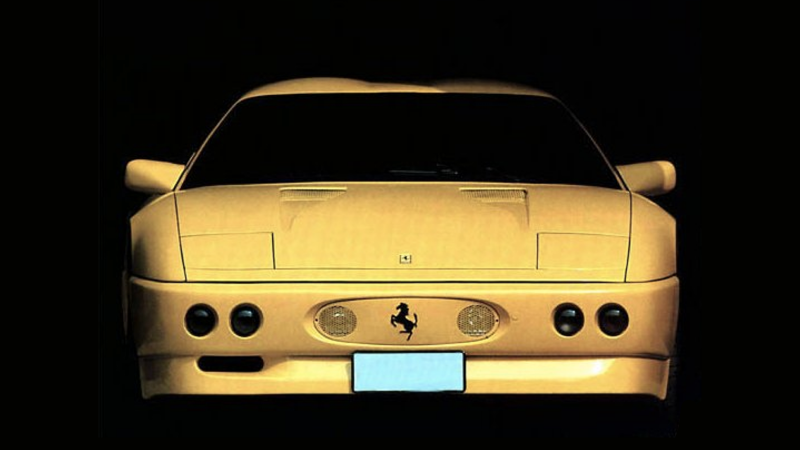 © Zagato
© Zagato -
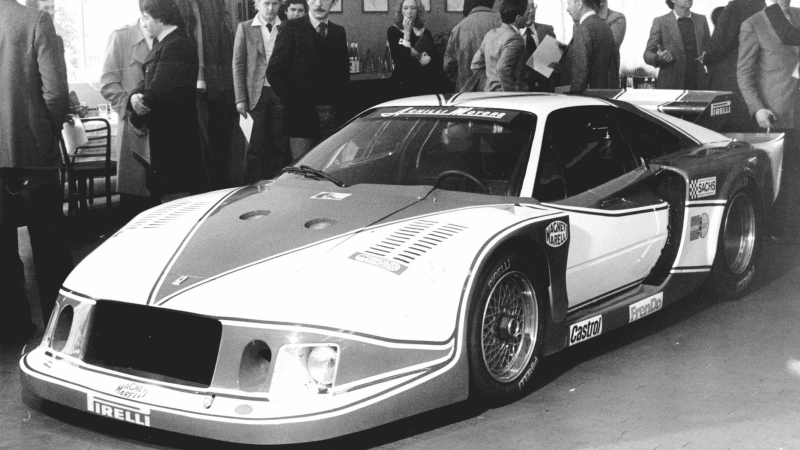 © Richard Heseltine/Classic & Sports Car
© Richard Heseltine/Classic & Sports Car -
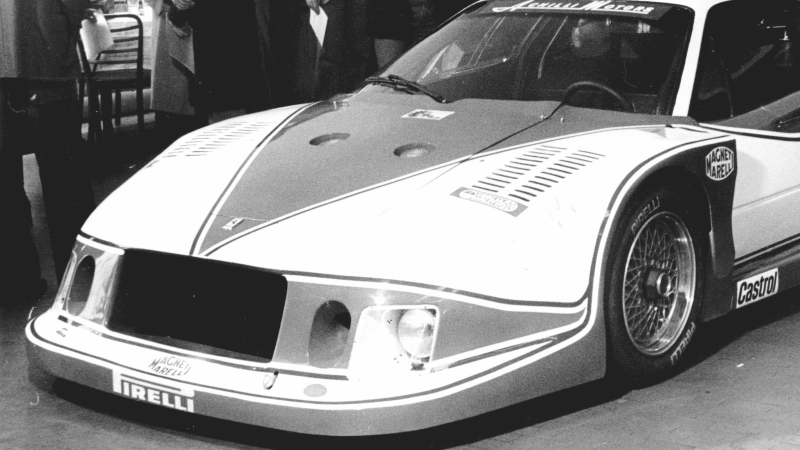 © Richard Heseltine/Classic & Sports Car
© Richard Heseltine/Classic & Sports Car -
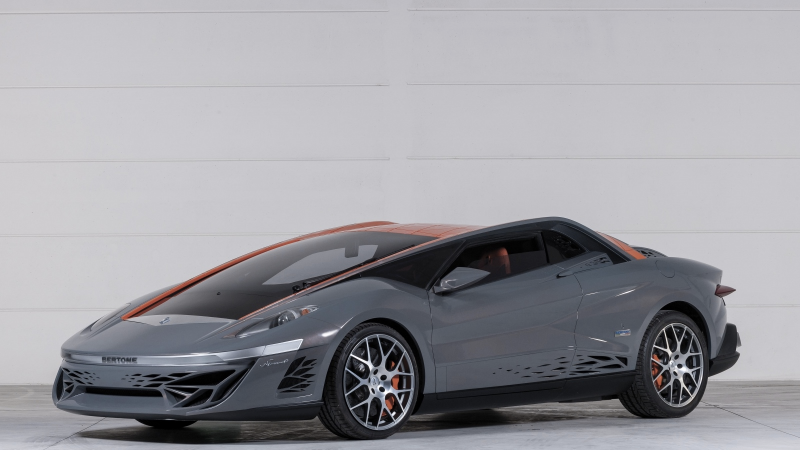 © Aste Bolaffi
© Aste Bolaffi -
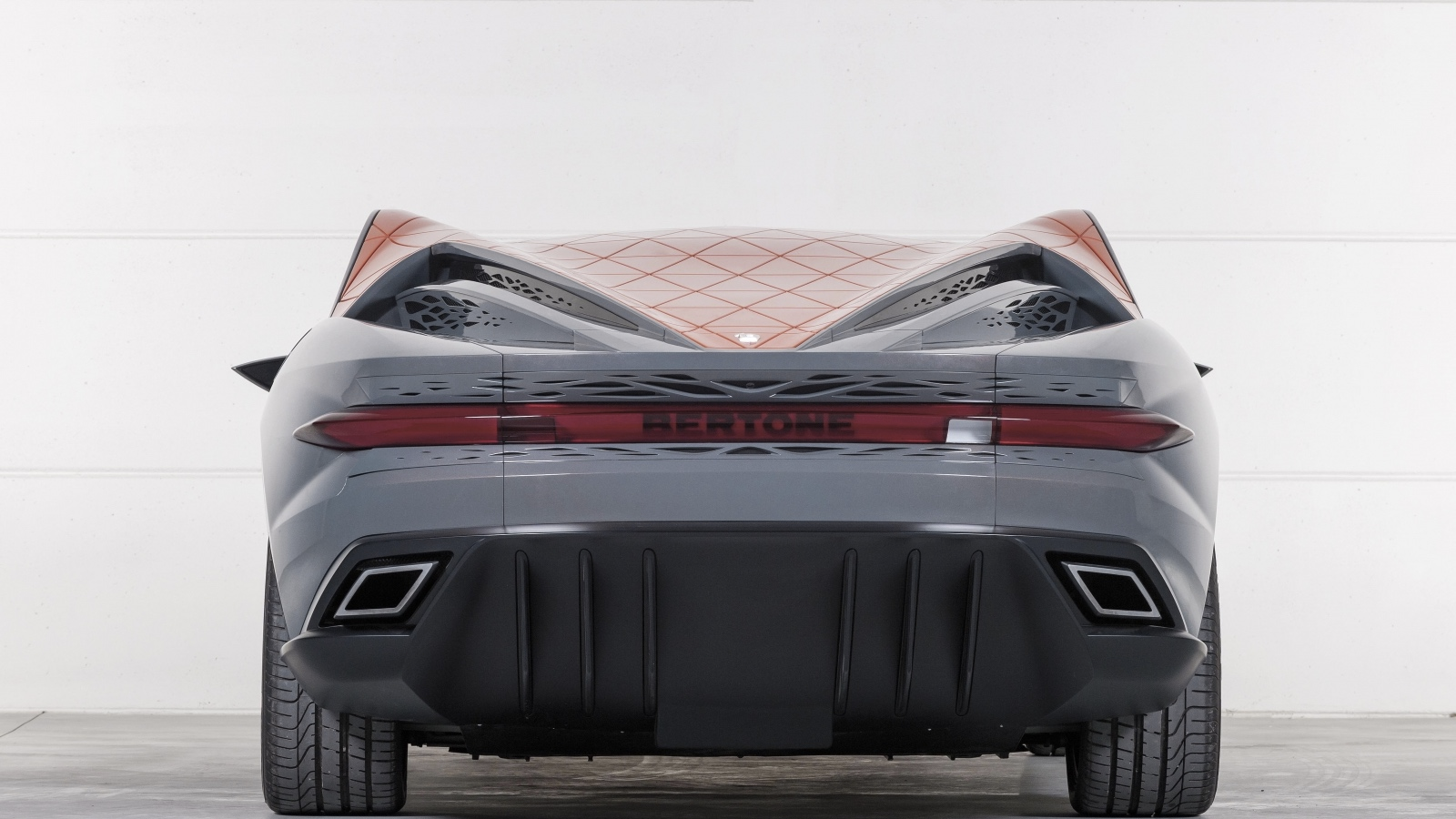 © Aste Bolaffi
© Aste Bolaffi -
 © Barrett Jackson
© Barrett Jackson -
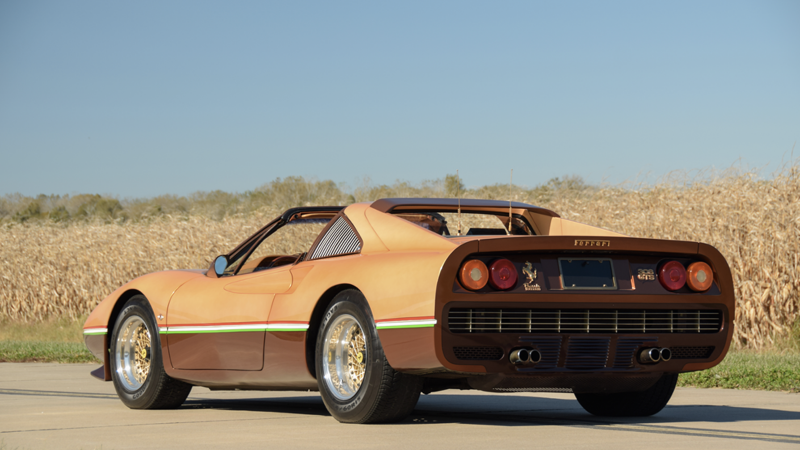 © Barrett Jackson
© Barrett Jackson -
 © Richard Heseltine/Classic & Sports Car
© Richard Heseltine/Classic & Sports Car -
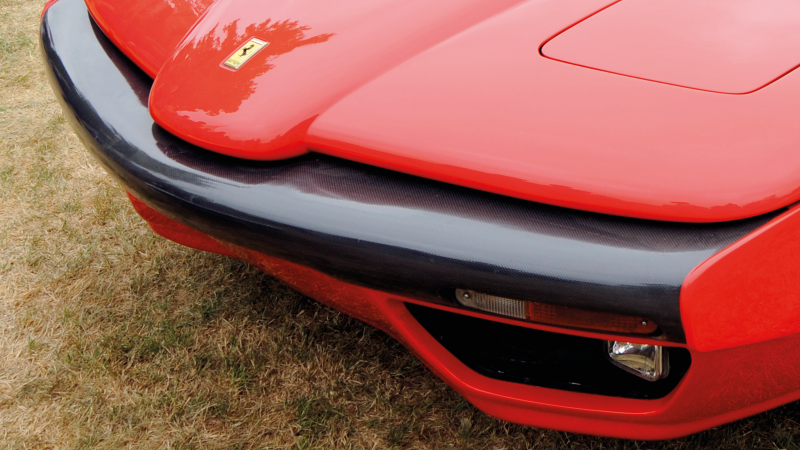 © Richard Heseltine/Classic & Sports Car
© Richard Heseltine/Classic & Sports Car -
 © Richard Heseltine/Classic & Sports Car
© Richard Heseltine/Classic & Sports Car -
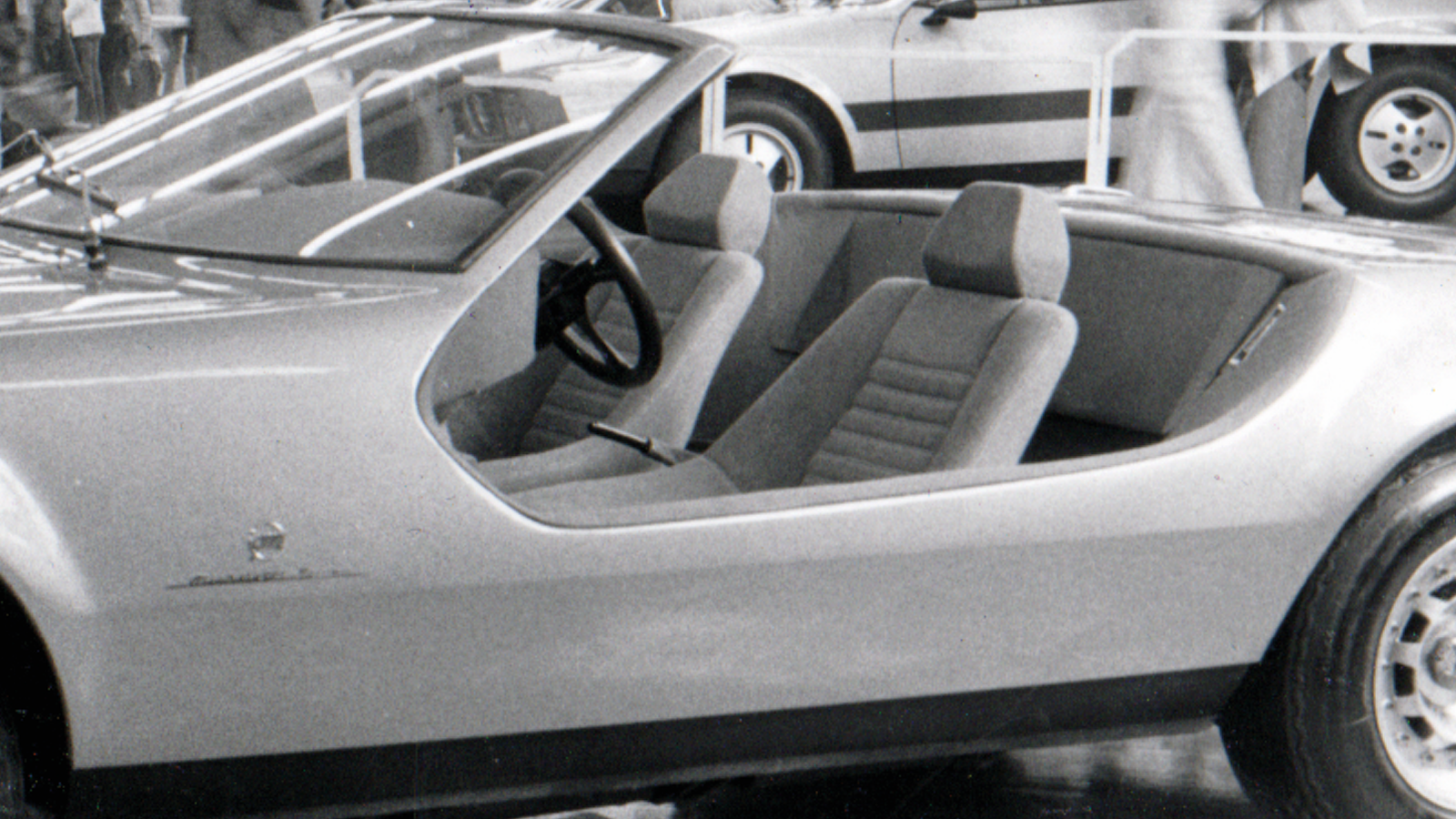 © Richard Heseltine/Classic & Sports Car
© Richard Heseltine/Classic & Sports Car -
 © Richard Heseltine/Classic & Sports Car
© Richard Heseltine/Classic & Sports Car -
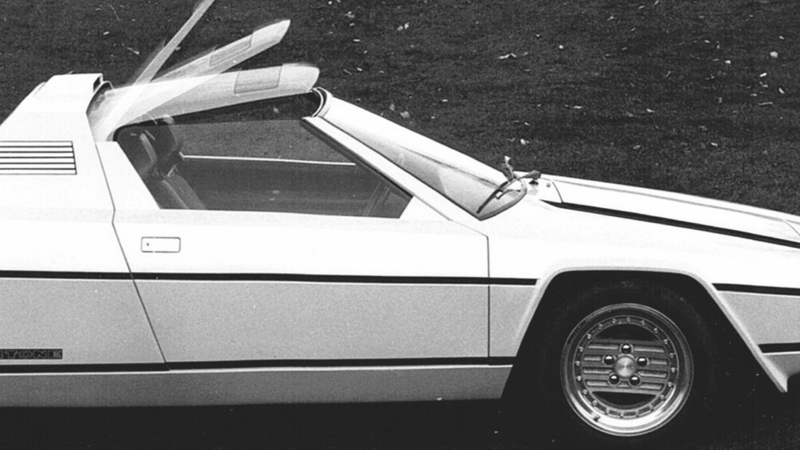 © Richard Heseltine/Classic & Sports Car
© Richard Heseltine/Classic & Sports Car -
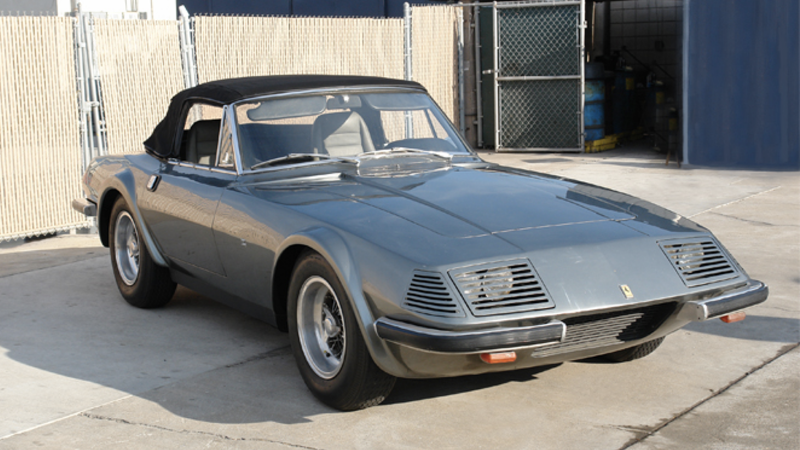 © Ferraris-online.com
© Ferraris-online.com -
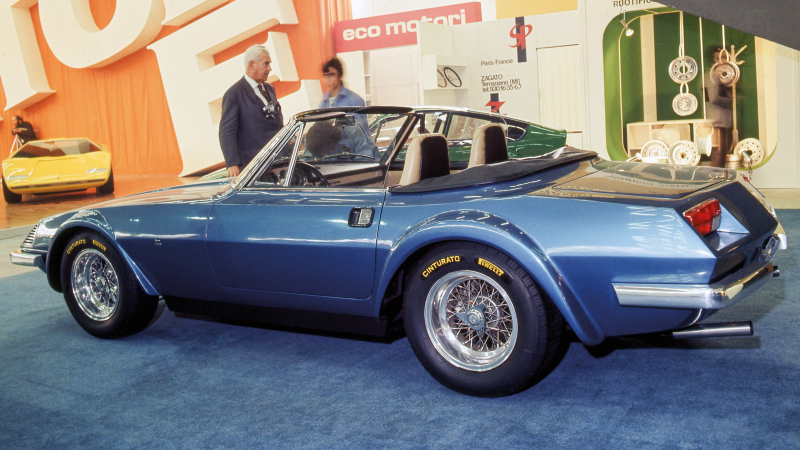 © Richard Heseltine/Classic & Sports Car
© Richard Heseltine/Classic & Sports Car -
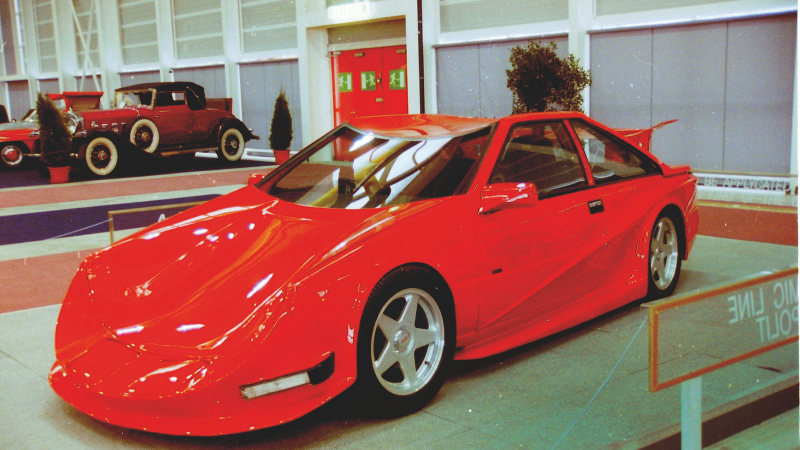 © Richard Heseltine/Classic & Sports Car
© Richard Heseltine/Classic & Sports Car -
 © Richard Heseltine/Classic & Sports Car
© Richard Heseltine/Classic & Sports Car
-
Born in Maranello, made in the aftermarket
Back in the ‘50s, Ferrari road-car production consisted of small-series runs, with numbers rarely reaching double figures.
The Maranello firm was a truly boutique enterprise – and if you wanted a one-off, no problem: Ferrari typically sold cars as rolling chassis to be clothed by an outside design house.
But that was then. Over subsequent decades, the house of the Prancing Horse has become increasingly protective of its trademark. As a result, there’s little chance the coachbuilt Ferrari will enjoy a renaissance, beyond tacky gold wraps and custom rims.
Rather than bemoan the end of the coachbuilding age, though, join us as we salute 10 of the most outlandish Ferrari makeovers.
-
1. NART Ferrari ‘Extended Coupe’
In 1974, Bob Gittleman walked into the Chinetti Motors showroom in Greenwich, Connecticut and became enraptured by renderings of a Zagato-built Cadillac penned by ex-GM man Gene Garfinkle, which adorned Luigi Chinetti Jnr’s office wall.
By the time that he left the showroom, he had agreed to fund a new, ostensibly similar car based on a rather more exotic platform: a 1973 365GTB/4.
-
1. NART Ferrari ‘Extended Coupe’ (cont.)
The conversion, which included gullwing-style rear Perspex panels, was carried out by Panther Westwinds. Gittleman received his reconfigured Daytona in the winter of 1975/’76, driving it sparingly before selling it in 1980.
Notably, this bespoke machine actually influenced other designs: GM design tsar Bill Mitchell admitted to appropriating the Ferrari’s rear styling treatment – cropped tail, gullwing side glazing and all – for the 1978 Pontiac Kammback.
-
2. Zagato Ferrari 348tb Elaborazione
This customised 348tb might appear a little offbeat, but it foretold the F355 production car.
Introduced at the 1991 Geneva Salon, the Elaborazione was intended from the outset to be a series product.
Such were the divergences in detail between cars, though, that they basically became a string of one-offs. Just 10 were built up until ’93, with one targa-style example going to former works Lancia driver Giorgio Schön.
-
2. Zagato Ferrari 348tb Elaborazione (cont.)
The first Zagato Ferrari since the 330GTC-based 3000 Convertible of 1974, the Elaborazione carried about 40 changes over the standard 348tb’s shell.
There were no alterations to the basic structure, though, because the hard points had to remain the same for homologation purposes. Often attributed to Ercole Spada, the styling was the work of Marco Pedracini, whose curriculum vitae also includes the Lancia Hyena.
-
3. Ferrari 308GTB Carma FF
This long-forgotten 308GTB-based racer in many ways prophesied the 288GTO and F40. It was conceived by gentleman driver Martino Finotto and his business partner, sometime Autodelta racer Carlo Facetti.
From their Achille Motors facility in Milan, they built a turbocharged 308GTB that was sporadically fielded in races before going for broke with the Carma (CARLo and MArtino) FF.
-
3. Ferrari 308GTB Carma FF (cont.)
This twin-turbocharged, 710bhp machine first appeared in practice for the 1981 Daytona 24 Hours, Facetti qualifying sixth fastest, but the car was withdrawn prior to the start.
With subsequent modifications by Alba, a firm better known for its Group C2 designs, it was quick enough to qualify on pole for the 1981 Monza 1000km race. Unfortunately, reliability wasn’t in its armoury. In the end, the racer remained a one-off, with plans to offer roadgoing replicas coming to naught.
-
4. Bertone Nuccio
One of the last concept cars ever to emerge from legendary design house Bertone, this wedge-shaped projectile broke cover at the 2012 Geneva Salon de l’Auto – though the model displayed was merely a mock-up.
The Ferrari connection was kept quiet, due to the company’s long-standing connection with Pininfarina. While it was based on the F430, all references to the Italian stallion on the engine were erased.
-
4. Bertone Nuccio (cont.)
In any case, there was little about this car that screamed Prancing Horse. Penned by former Fiat/Lancia design director Michael Robinson, many of the styling cues were appropriated from the legendary Stratos Zero, with a host of influences taken from Bertone’s back catalogue – including the Lamborghini Countach.
A second car, this time a runner, followed and it was sold in 2018 for €240,000.
-
5. Barris Ferrari 308GTS
Self-proclaimed ‘King of the Kustomizers’ George Barris wasn’t a man renowned for having great taste or subtlety. His creations tended to be wildly over the top, which is exactly what his patrons wanted.
His one and only attempt at modifying a Ferrari was, however, unusually restrained by his standards, although it still polarises opinion.
-
5. Barris Ferrari 308GTS (cont.)
Built in 1981 and based on a ’78 donor car, the Pininfarina-shaped outline remained largely intact, although the pop-up headlights were done away with. New clusters were sited behind a mesh grille that was gold-plated – along with much of the other brightwork.
The interior, in contrast, was rather more outré and outfitted with burr walnut and digital instrumentation. That, plus multi-hued leather upholstery, a multitude of LED fairy lights that didn’t appear to serve any function, a Sony TV and a chunky telephone.
-
6. Zagato Ferrari FZ93
Built in 1992/’93 and based on a lightly pranged Testarossa, this drastic makeover was the work of Ercole Spada, who made a temporary return to Zagato after more than two decades away.
He conceived something radical, believing ‘…it was not necessary to have all that mass; we wanted to make the body tight, form-fitting’. He did just that, the original’s signature side strakes being among the casualties of his eraser.
-
6. Zagato Ferrari FZ93 (cont.)
Up front, the new strain borrowed heavily from contemporary F1 design language, its pointy snout and air intakes mimicking the game-changing Tyrrell 019.
The cabin, meanwhile, was heavily revised with Sparco race bucket seats, carbonfibre appliqué and Alcantara covering much of everything else. Ferrari actually gave tacit approval for a small run of replicas, but the dramatic FZ93 surprisingly remained a one-off.
-
7. Felber Ferrari 365GTC/4 ‘Beach Car’
Forget the Fiat 500 Jolly: this was a proper beach car. Based on a 365GTC/4 from 1972 and built for Sheik Al Tahani, this aberration appeared at Geneva in 1976.
The brainchild of high-powered Swiss dealer Willi Felber, a man who had form when it came to creating one-off or small-series Ferrari specials, he turned to long-time collaborator Giovanni Michelotti to create this loopy device.
-
7. Felber Ferrari 365GTC/4 ‘Beach Car’ (cont.)
When first displayed, it was painted in a fetching shade of brown. It subsequently gained doors, an estate-car roof, and a change of hue to white, before being converted back to a doorless beachcomber – by which time it was metallic bronze.
It could have been yours for a mere €2.8 million in 2012…
-
8. Bertone Rainbow
Unveiled at the 1976 Turin Motor Show, the Bertone Rainbow represented pure provocation in automotive form.
Based on a Ferrari Dino GT4, it was 3.9in shorter and 6.3in lower than its donor vehicle – a car that was hardly lofty to start with.
The Rainbow took Marcello Gandini’s trademark ‘blunt pencil and set square’ approach to car styling and ratcheted it up several notches, delivering a concept that was so angular it almost hurt to look too hard.
-
8. Bertone Rainbow (cont.)
One of the more intriguing aspects was its convertible top, which featured a partially tinted glass panel that, at the flick of a switch, would lift up, retract and stow itself behind the seats.
According to the PR material, this neat system influenced the choice of moniker: ‘When the rain stops, and the sun comes out, the top is removed, hence the name Rainbow’.
An American department store offered to sell replicas for a mere $100,000. There were no takers.
-
9. Zagato Ferrari 3Z
It’s hard to believe that the basis for Zagato’s 1971 Turin Motor Show stand filler was a 1961 Ferrari California Spider (in short-wheelbase guise).
That car was acquired by the Chinetti clan in 1969 and dispatched to the most charismatic of Italian coachbuilders, with a view to displaying the car at Turin in October 1970. Endless detail revisions, however, postponed its release for a year.
-
9. Zagato Ferrari 3Z (cont.)
The angular styling was the work of Giuseppe Mittino, who replaced Ercole Spada as Zagato’s head of design in 1969, the sum total for the build amounting to $5000.
The 3Z arrived Stateside in February 1972 and was sold by Chinetti Motors to a doctor from Long Island, New York. Mittino would later revamp the styling for the one-off Zagato Ferrari 3000.
-
10. Zlakto Aerodynamic Line Cosmopolit
This 308GTB-based monstrosity was the work of Croatian Zlatko Vukušić. Unveiled at the ’94 Bologna Motor Show, it was touted as having a top speed of ‘…over 400kph [250mph]’.
We assume a cliff and gravity were involved (a fall from a great height might explain the concave roof). The prototype did the rounds at several major events in period, complete with an incoherent press release.
-
10. Zlakto Aerodynamic Line Cosmopolit (cont.)
Among other gems, the write-up stated, ‘The Cosmopolit streamline can be applied to any sort of car, depending on its class, ie how long does it take to become stabilized. There would be no speed limitation for sports cars. The resistance coefficient is reduced for all classes of cars, which immediately leads to lower fuel consumption and saved engine power.’
The car still exists today, albeit in derelict condition.
